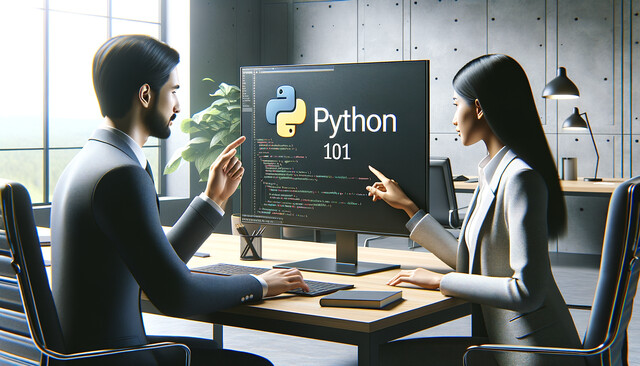Python Programming 101
Unlock Your Coding Potential: Dive Into Python Basics!
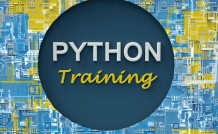
4 Hours average completion time
0.4 CEUs
15 Lessons
30 Exams & Assignments
117 Discussions
31 Videos
40 Reference Files
112 Articles
Mobile Friendly
Last Updated December 2025
The Ultimate Guide to Python Programming
Welcome to a dynamic course that seeks to transform you into a proficient Python programmer! Whether you're an absolute beginner or someone with a touch of programming experience, this comprehensive course is tailored to elevate your understanding and application of the Python language.
Python has solidified its position as one of the premier programming languages, with diverse applications from web development to scientific computing. This course is aligned with Python 3, ensuring you're learning the most current and relevant aspects of this versatile language.
Course Structure and What to Expect:
-
Lesson 1: The Genesis - What is Programming? Dive deep into the world of programming. Understand its essence and significance. Unravel what makes programming an indispensable tool in the modern world.
-
Lesson 2: Greetings from Python! Initiate your journey with Python by writing your very first program. Experience the thrill of seeing your code come to life.
-
Lesson 3: The Blueprint - Program Structure Gain insights into the skeletal framework of a Python program. Understand how different components integrate to form a cohesive unit.
-
Lesson 4: Calculating Potential - Computing Results Unveil the mathematical prowess of Python. Work with arithmetic operations, expressions, and harness the language's computational capabilities.
-
Lesson 5: Choices and Repetition Delve into the control structures of Python. Learn how to use conditional statements to make decisions and loops to perform repetitive tasks.
-
Lesson 6: Amassing Data - Collections Discover Python's powerful data structures like lists, tuples, and dictionaries. Understand how they can store and manage vast amounts of data efficiently.
-
Lesson 7: Modular Approach - Functions Learn to compartmentalize your code using functions. Achieve reusability and organization by breaking down complex tasks.
-
Lesson 8: Preparing for the Unexpected - Errors and Exceptions Master the art of graceful error handling. Understand common errors, how to detect them, and strategies to mitigate their impact.
-
Lesson 9: Engaging with the User - Input and Output Learn to interact with users by receiving input and displaying output. Create interactive programs that engage and respond.
-
Lesson 10: OOP Paradigm - Objects, Classes, and Methods Get acquainted with the object-oriented programming paradigm. Understand the concepts of classes, objects, and methods and how they can revolutionize program design.
-
Lesson 11: Python's Toolkit - Built-In Functions Explore Python's extensive library of built-in functions. From string manipulation to mathematical computations, Python has a function for everything!
-
Lesson 12: Expanding Horizons - Modules and the Standard Library Discover the vast world of Python's modules and standard libraries. Understand how they extend Python's capabilities beyond its core.
-
Lesson 13: Brushing Up - What Did We Forget? A session dedicated to revisiting crucial concepts, ensuring no stone is left unturned in your Python journey.
-
Lesson 14: The Fun Side - Fun and Games Dabble in game development using Python. Understand how Python can be a potent tool for developing engaging games.
-
Lesson 15: The Grand Finale - Putting it All Together Combine all your learnings to undertake a capstone project. Experience the joy of building a comprehensive Python application from scratch.
Throughout the course, practical examples, detailed explanations, and real-world scenarios ensure an immersive learning experience. By the end of this journey, you will have amassed a profound understanding of Python, empowering you to confidently tackle challenges and projects in the real world. Join us and set forth on an exciting adventure of learning, coding, and creating!
- Utilizing Python's versatile standard library
- Streamlined code with functions
- Robust error handling techniques
- Object-oriented programming insights
- Mastering loops and conditional logic
- Python scripting fundamentals
- Introduction to game programming
- Interactive user engagement
- Effective data management with collections
- Building functional Python scripts
- Essential command-line skills
-
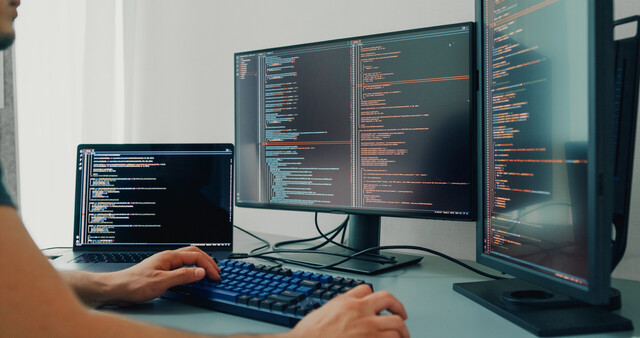
Introduction to CSS
-

Introduction to Logic
-

Microsoft Project Level 1
-
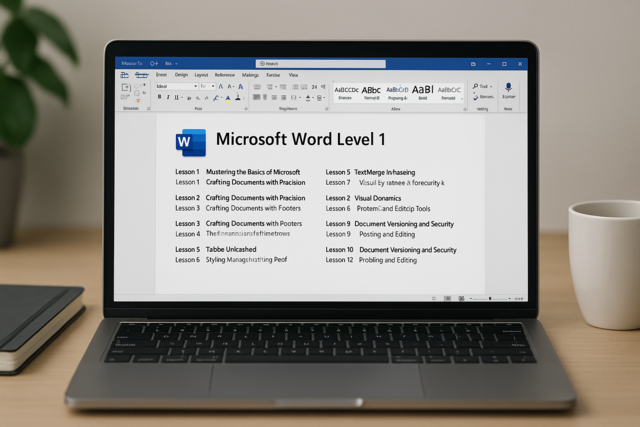
Microsoft Word Level 1
-

Microsoft Office: Word, Excel, PowerPoint and Outlook
-

Adobe Illustrator
-

Computer Literacy Level 1 - Computer Basics
-

Ultimate Excel Training Bundle
-
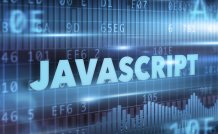
Introduction to JavaScript
-

Personal Communication Skills Level 4
-

Microsoft Excel Level 1
-
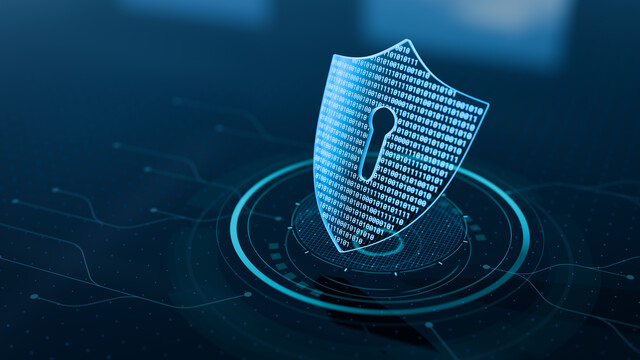
Cybersecurity 101
-

Adobe After Effects
-

Adobe InDesign
-

Developing Great Social Skills
-

Adobe Photoshop
-
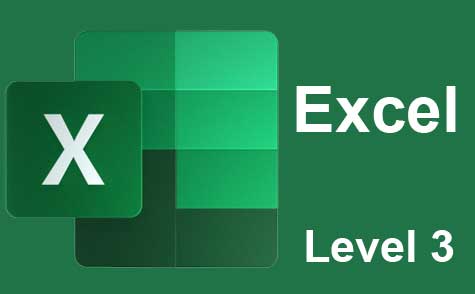
Microsoft Excel Level 3
-

Computer Literacy Level 2 - Internet Basics
-

Adobe Muse
-

Final Cut Pro X
-
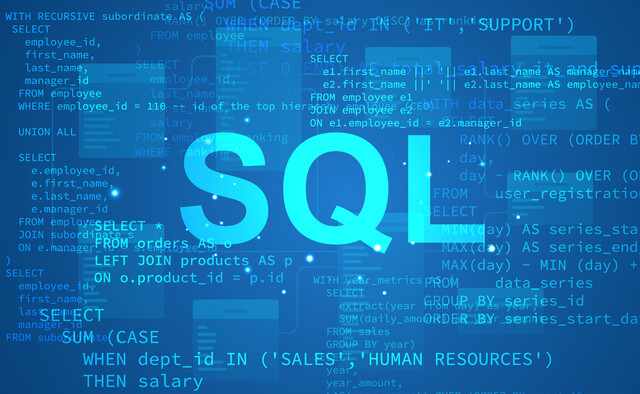
Introduction to SQL
-

Adobe Captivate
-

Google Docs
-

Adobe Premiere
-

Google Slides
